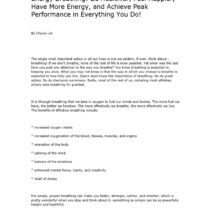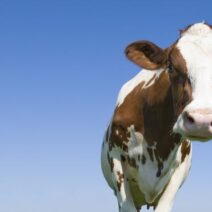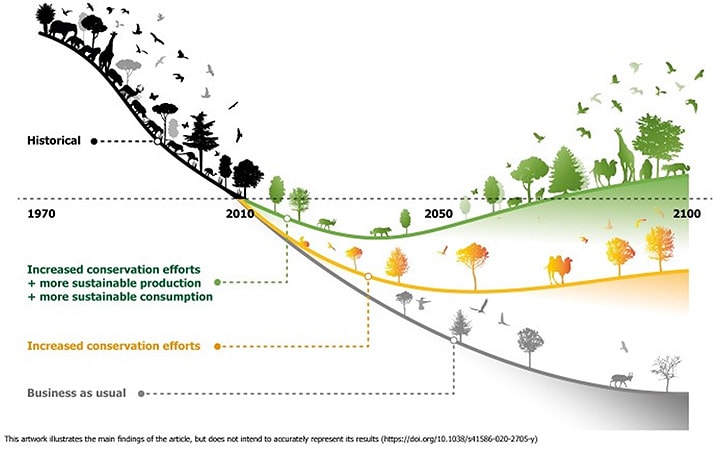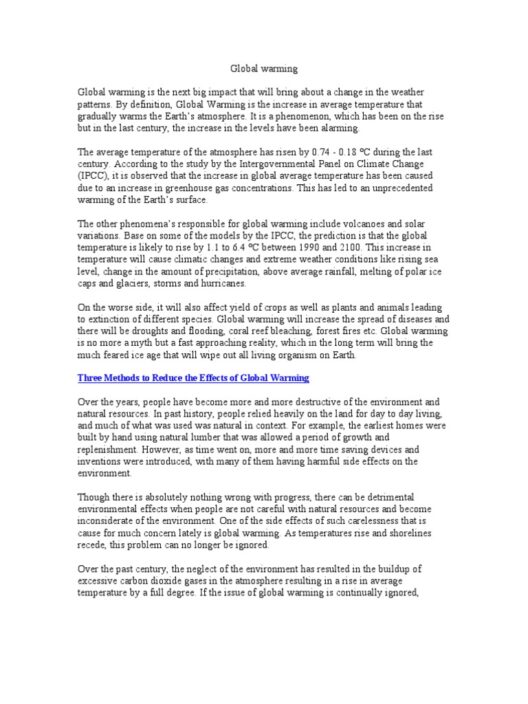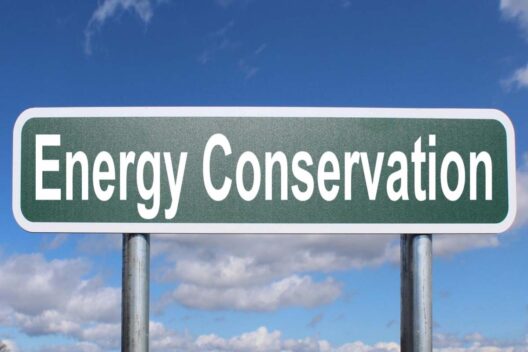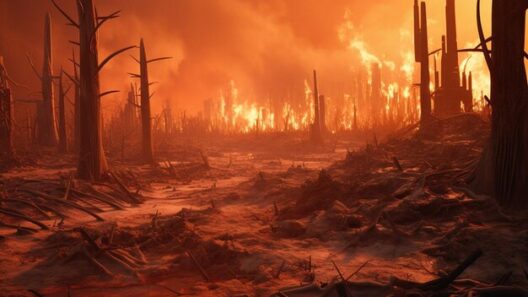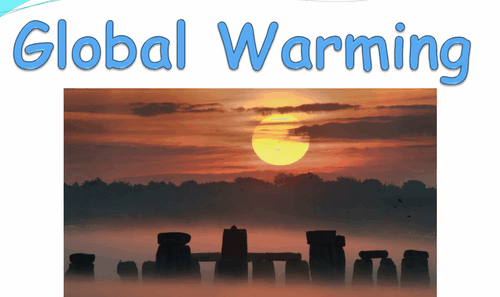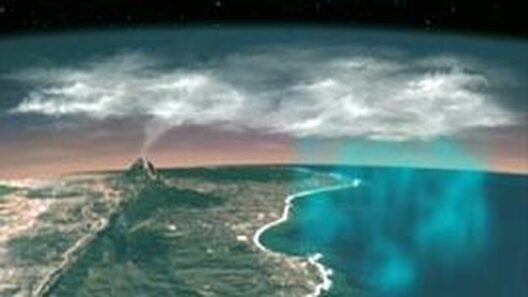Understanding the intricacies of environmental science requires a clear distinction between the terms “global warming” and “climate change.” While often used interchangeably, these terms embody different phenomena that collectively contribute to the planet’s ecological challenges. Distinguishing between them is crucial for informed discourse regarding sustainability, policy-making, and individual action.
Global warming refers explicitly to the observed increase in average global temperatures due to human-induced greenhouse gas emissions, primarily from the burning of fossil fuels, deforestation, and industrial processes. This specific aspect of climate dynamics can be quantified with data from land and ocean temperature records. In contrast, climate change encompasses a broader range of alterations in climatic patterns—both natural and anthropogenic—over extended periods.
This exposition will delineate these concepts further by analyzing their definitions, intricacies, consequences, and relevance to current ecological conditions.
Defining Global Warming: The Heat of the Issue
The phenomenon of global warming is attributed to the greenhouse effect, wherein certain gases, such as carbon dioxide (CO2) and methane (CH4), trap heat in Earth’s atmosphere. As industrialization burgeoned in the 19th century, the concentration of these gases surged. The repercussions are starkly evident. Rising temperatures are not merely statistical; they manifest as increased frequency of heatwaves, droughts, and severe weather events.
Among the critical consequences of global warming are the melting glaciers and polar ice caps. The ramifications of ice melt extend beyond rising sea levels, which threaten low-lying coastal communities. The increased influx of freshwater into ocean systems disrupts marine ecosystems, fostering conditions for phenomena such as marine acidification.
Furthermore, global warming precipitates cascading effects on ecological and social systems. Flora and fauna are prompted to alter their physiological processes and migratory patterns, disrupting existing ecological balances. This shift necessitates immediate and proactive strategies in biodiversity conservation efforts, as species extinction rates escalate in response to rapidly changing habitats.
Climate Change: A Broader Spectrum of Variability
Climate change transcends the thermal dimensions encapsulated by global warming. It encompasses variations in rainfall patterns, wind strength, and the frequency and intensity of natural disasters. While global warming is an omnipresent factor, natural variation interplays significantly with climate change. Events such as volcanic eruptions and solar radiation fluctuations contribute to climatic shifts, albeit on different timescales.
The components of climate change extend to include anthropogenic land-use alterations, which exacerbate ecological disruption. Urbanization, deforestation, and land conversion for agriculture inhibit natural carbon sinks and exacerbate soil degradation. Consequently, climate change manifests through extreme weather patterns, altered crop yields, and shifted ecological distributions, creating profound implications for food security.
Moreover, the scope of climate change incorporates social and economic dimensions. Vulnerable populations in developing regions bear the brunt of climate impacts, with limited adaptive capacity. Reconciling economic growth with sustainable practices becomes imperative, highlighting the urgency of integrating climate considerations into developmental policies.
Interconnectedness: How Global Warming Fuels Climate Change
The relationship between global warming and climate change is mutually reinforcing. As global temperatures rise, the atmosphere’s dynamics become increasingly erratic, leading to heightened weather variability. This interplay complicates existing weather patterns, causing phenomena such as intensified hurricanes and altered precipitation distributions.
One significant illustration of their connection is seen in the Arctic. As temperatures rise, less sea ice persists each summer. This reduction not only contributes to global warming through decreased albedo effect—where darker ocean waters absorb more sunlight—but also alters regional and global atmospheric circulation patterns. This change can lead to anomalously cold temperatures in certain areas, juxtaposed against the overall trend of global warming.
The role of feedback loops amplifies the interrelationship between the two phenomena. Thawing permafrost, for example, releases trapped methane, a potent greenhouse gas, further propelling global temperatures upward and exacerbating climate change. Addressing these feedback effects becomes paramount in devising comprehensive mitigation strategies.
The Path Forward: The Imperative for Distinction
To devise effective responses to climate adversities, it is crucial to understand the distinctions and interdependencies between global warming and climate change. Policymakers, scientists, and citizens alike must engage with the nuances of climate science, tailoring mitigation and adaptation strategies accordingly.
To combat global warming, immediate measures such as transition to renewable energy sources, enhanced energy efficiency, and reforestation efforts are essential. Concurrently, strategies for climate change adaptation must prioritize resilient infrastructure, agricultural innovation, and sustainable water management. The dual approach recognizes that while climatic conditions are evolving, there remains a scope for human ingenuity and stewardship to navigate these challenges.
In summary, while global warming and climate change often inhabit the same discursive space, they signify fundamentally different aspects of environmental science. Clarity in these definitions fosters better awareness and response mechanisms to the environmental challenges that threaten our planet’s well-being. Understanding their intricacies is not just an academic exercise; it is a critical precursor to meaningful action in the face of escalating ecological crises.
